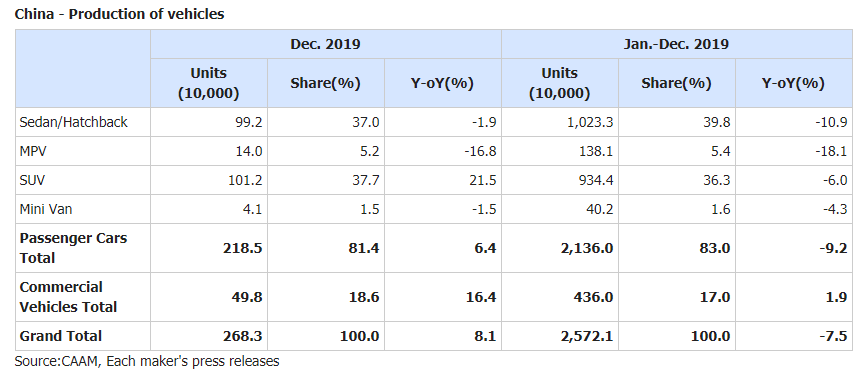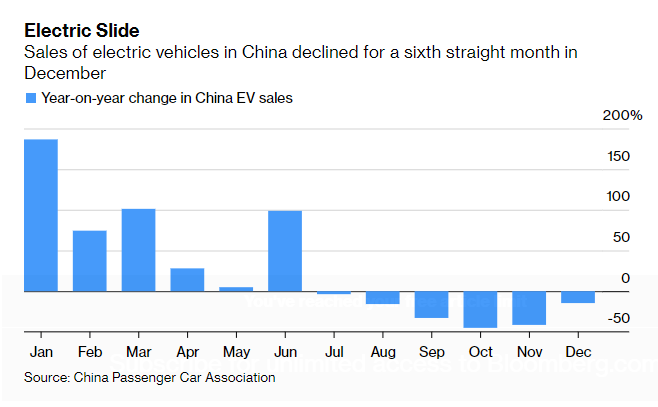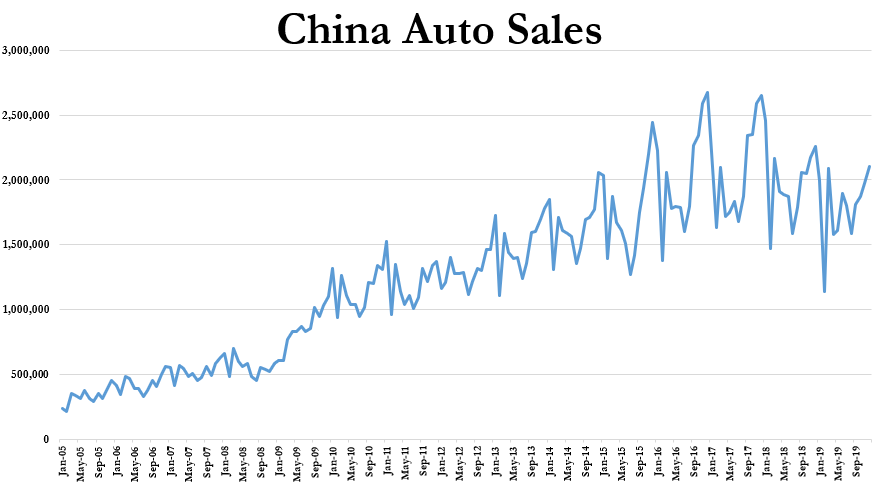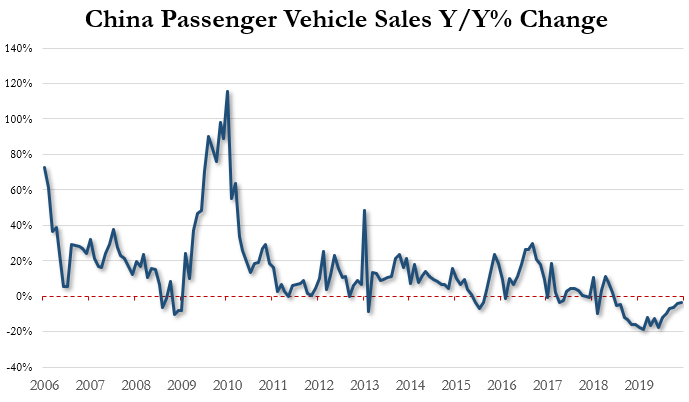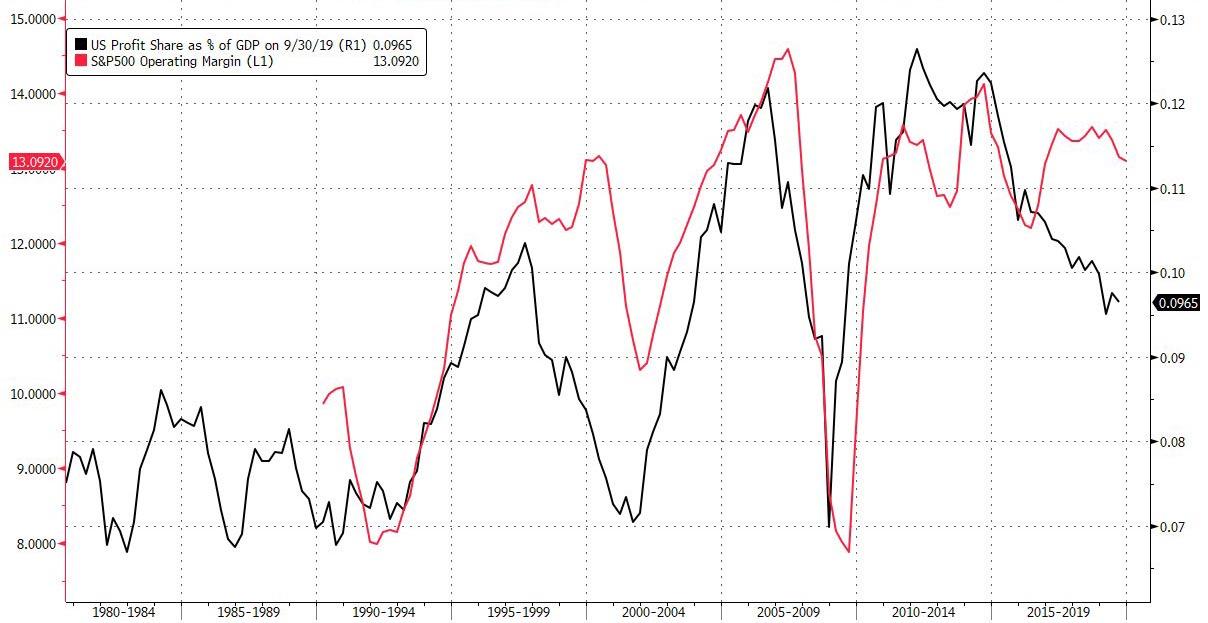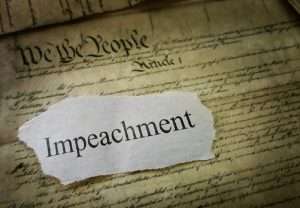
In a thoughtful recent post, co-blogger Josh Blackman takes issue with part of my earlier post criticizing the “slippery slope” argument against impeaching presidents for abuse of power. In the original post, I made the point that:
In criminal cases, there is good reason to avoid conviction unless the charge against the accused is an offense clearly delineated by law, and guilt has been proven beyond a reasonable doubt. The reason why is that the defendant stands to lose her liberty or property—or even her life. By contrast, the risk facing an impeached president is removal from a position of enormous power.
Unlike unjust deprivation of life, liberty, or property, removal from power doesn’t violate anyone’s human rights. When real human rights are at stake, it may make sense to allow ten guilty people to go free, in order to save even one innocent from conviction. When it comes to positions of power, almost the opposite is true: Removing ten “normal” politicians is more than justified if that is the only way to get rid of one who engages in grave abuses of power.
Josh does not agree:
Ilya thinks it is justified to remove “ten ‘normal'” Presidents to “get rid of one who engages in grave abuses of power.” In more than two centuries, we have had only 44 Presidents (45 if you count Cleveland twice). If Ilya’s standard is correct, then it would have been appropriate to remove nearly a quarter of American Presidents. Every generation would have at least one convicted President. To get Trump, would it be worth it to remove the prior nine presidents: Johnson, Nixon, Ford, Carter, Reagan, Bush, Clinton, Bush, and Obama (well, exclude Nixon, and perhaps Clinton)? Ilya’s “n guilty men” standard may make more sense for lower-ranking officials. Their removals do not alter the arc of history. But the President cannot be considered a “‘normal’ politician.” Indeed, removing any one of these Presidents would have altered the Republic in ways I cannot fully articulate. I do not agree with Ilya that such an over-inclusive approach would be justified. Such avulsive changes would tear at the fabric of our country on a quadrennial basis.
There are several problems with Josh’s argument. First, as he acknowledges, his approach has a “perverse consequence” in so far as “it would be easier to remove lower-level officers, whose powers may be relatively insignificant, but harder to remove the President, who personally wields ‘the executive power.'”
This asymmetry isn’t just perverse in consequentialist terms, it is also unconstitutional. The Impeachment Clause establishes a single standard for removal for the “President, Vice President and all civil Officers of the United States.” All can be ousted from power for committing “Treason, Bribery, or other high Crimes and Misdemeanors.” Extensive historical evidence indicates that this standard covered serious noncriminal abuses of power, as well as violations of specific laws and statutes. For helpful summaries of the relevant evidence, see recent analyses by Gene Healy of the Cato Institute, prominent conservative legal scholar Michael Stokes Paulsen (here, here, and here), and Keith Whittington. The Framers could have easily created a special, separate standard to protect the President. But they obviously chose not do so.
Josh also ignores a crucial way in which removing presidents does not“alter the arc of history.” As I noted in my original post, a removed president will almost always be succeeded by his or her own hand-picked vice president, who is a member of the same party and likely to be committed to a similar policy agenda on most issues. Removing the abusive president will likely put an end to whatever abuses led to impeachment, but would not lead to significantly divergent policies across the board.
Josh further ignores the dynamic effects of a strong norm of impeachment and removal for abuses of power. As also noted in my post, in that world presidents will live in greater fear of impeachment than they do now, and will be more likely to shy away from actions that could be considered abuses. That strikes me as a valuable constraint on power, especially in a world where the president wields enormous discretionary authority and often has strong incentives to overreach in order to advance his political interests and push through his party’s agenda.
Of course, any such deterrent effect will be constrained by the fact that removal requires a 2/3 majority in the Senate, which will necessitate support from many senators from the president’s own party. In practice, that will rarely be achieved. Therefore, Josh’s fear that presidents are likely to be removed for “acting like a politician” is misplaced.
Indeed, the supermajority requirement often shields even presidents who have committed very serious abuses of power and violations of the law. But the threat of impeachment for abuse of power can still create a useful marginal deterrent effect, even if a modest one.
I do agree with Josh’s point that, under my approach, a good many past presidents deserved impeachment and removal. That strikes me as a feature, not a bug. All too many past presidents have gotten away with horrific illegality and abuses of power, such as FDR’s internment of Japanese-Americans in concentration camps, Woodrow Wilson’s massive violations of civil liberties, and—most recently—Obama’s starting two wars without congressional authorization, and Trump’s cruel family separation and travel ban policies. Establishing stronger deterrents against these sorts of abuses could indeed, as Josh puts it, lead to “avulsive changes.” Some normal politicians might also suffer in the process, if they too get impeached. If so, I say let the avulsion begin!
It is also worth noting that Josh is wrong to suggest that Trump’s actions amount to just “acting like a politician.” Jonathan Adler explains some of flaws in that characterization. In addition, Trump’s withholding of military aid from Ukraine in order to pressure them to help his reelection campaign also violated both the Constitution and federal criminal law. The Democrats would have done well to emphasize these points far more than they have, though the articles of impeachment against Trump are drafted broadly enough to include these points.
That said, I do not believe that impeachment can be the only or even the primary strategy for curbing abuses of presidential power. We need multiple safeguards. They should include more forceful assertion of congressional prerogatives, a crackdown on unconstitutional delegation of power to the executive, and stronger and less deferential judicial review of executive action, including in the areas of immigration and national security policy, where both Trump and past presidents have committed some of their worst abuses.
The latter is actually another area where Josh and I differ. In addition to favoring a narrow view of appropriate grounds for impeachment, he also supports very broad deference judicial to the president in a wide range of areas. Both of these positions are problematic. But, if adopted in combination, they are more dangerous than either would be alone, as the combination would simultaneously disable multiple constraints on presidential power, preventing one from picking up the slack left over from the erosion of the other.
Josh is a former student of mine, and one of the nation’s most impressive young legal scholars. Few legal academics have achieved so much so early in their careers. But he does, I think, sometimes go wrong on issues of executive power. Perhaps, as Mr. Miyagi put it, there is “no such thing as bad student, only bad teacher.” If so, the ultimate fault here is mine. Maybe this post will help remedy it!
from Latest – Reason.com https://ift.tt/2TOSuM0
via IFTTT
